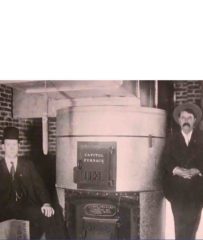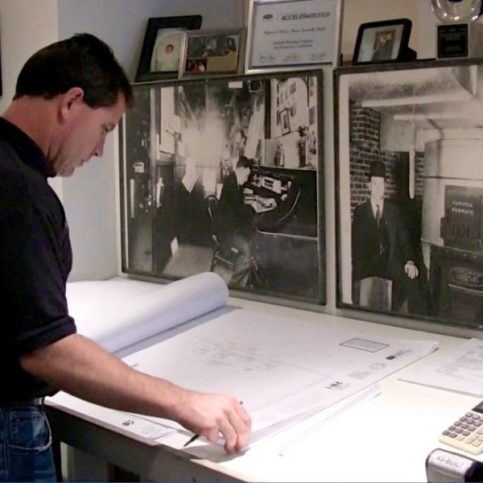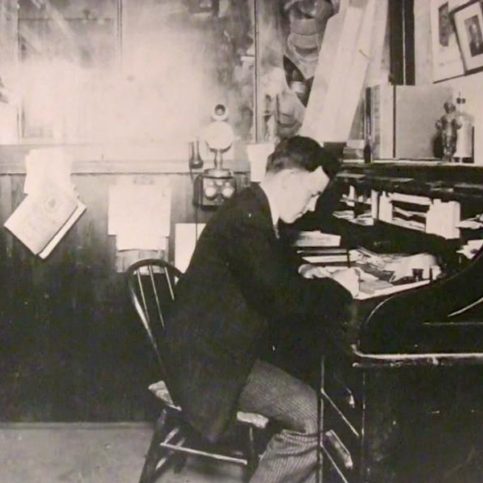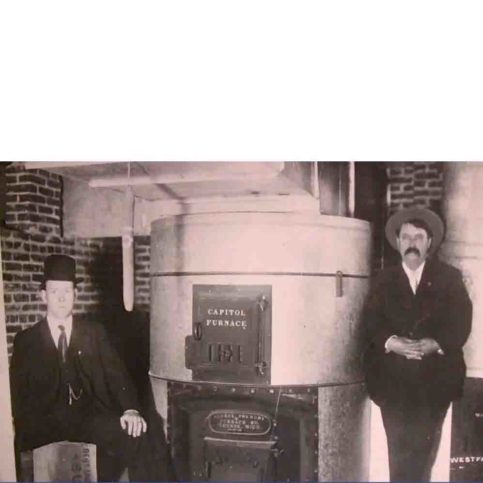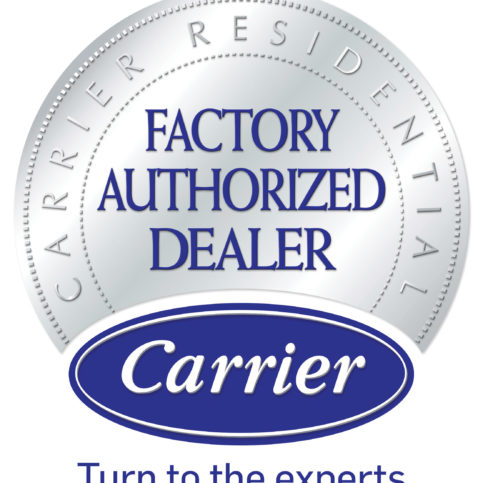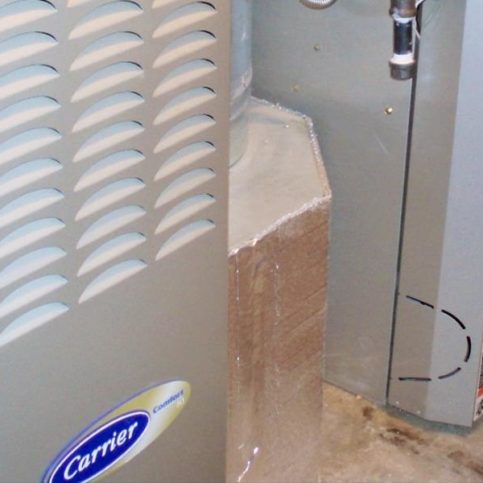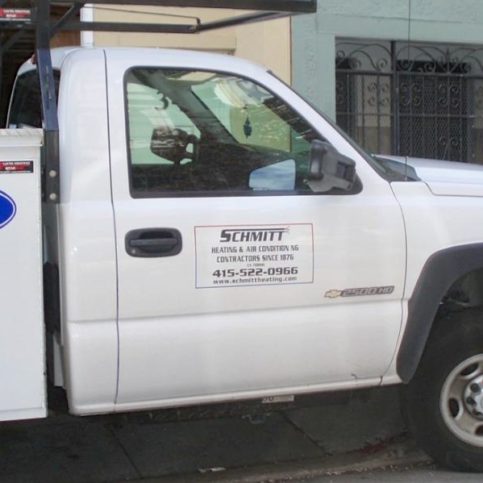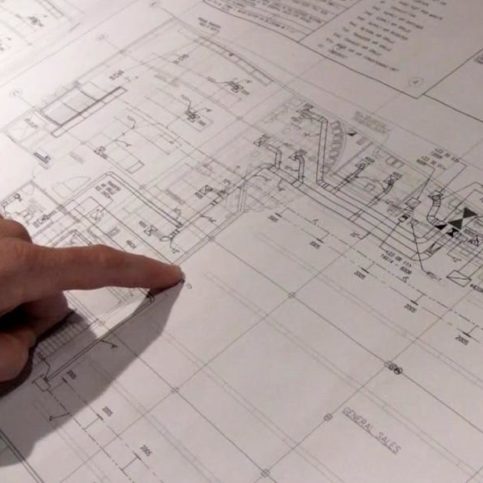Schmitt Heating Company, Inc. has been installing and maintaining heating, ventilating and air conditioning (HVAC) systems in the Bay Area for more than 100 years. The family-owned and operated company serves both residential and commercial clients, handling everything from high-efficiency furnaces and air conditioners to electronic air cleaners and custom sheet metal.
Owner Greg Schmitt is a... Read moreShow less





